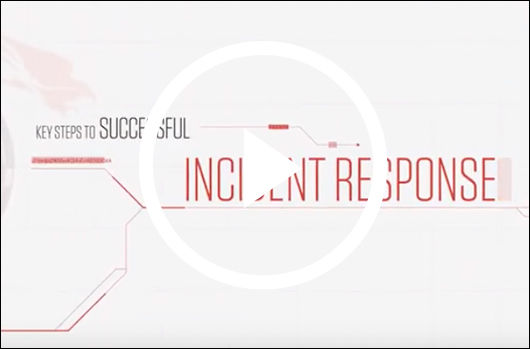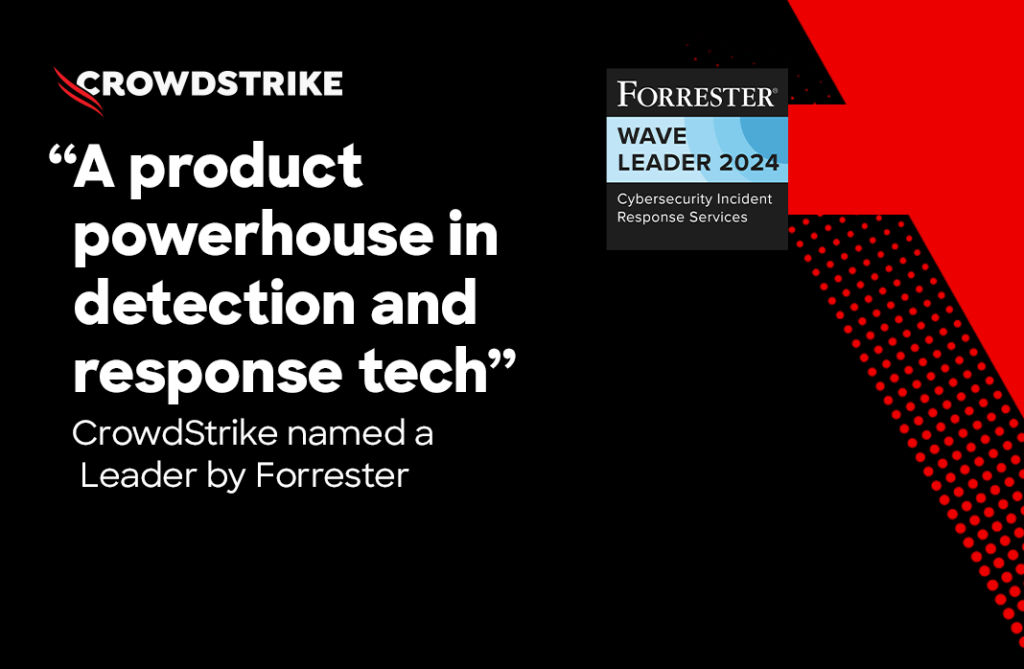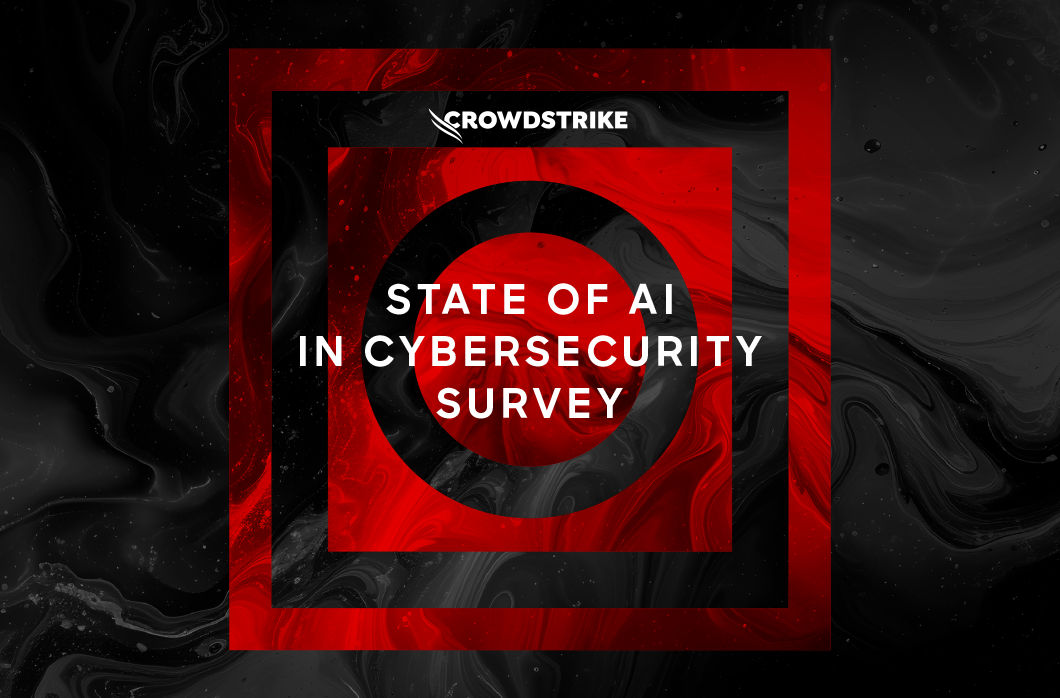Adversaries don’t need to force their way in when they can slip through an organization’s overlooked assets. Subdomain takeovers are a prime example of how attackers exploit misconfigured or abandoned DNS records to gain access, launch phishing campaigns, distribute malware, or take other malicious actions — all while operating under the guise of a legitimate corporate domain.
With these well-established tactics, techniques, and procedures, adversaries can infiltrate an environment without triggering immediate suspicion. Here, we explain how a subdomain takeover attack works and the steps organizations should take to defend against them.
Identifying and Tracking Vulnerable Subdomains
A subdomain takeover attack typically begins with reconnaissance. Adversaries use both passive and active scanning techniques to identify an organization’s subdomains, mapping its external-facing infrastructure to uncover weak points. They catalog subdomains to locate those pointing to third-party services and analyze clues such as DNS records to determine whether a subdomain is still in use. Persistent attackers set up automated monitoring, waiting for DNS configurations to change or other signs of abandonment. When a subdomain becomes inactive or unclaimed, the adversary is ready to move.
Once a vulnerable subdomain is identified, the attacker moves to establish control. If the subdomain was previously associated with a third-party service, they may attempt to re-register the resource, effectively hijacking the domain’s traffic. By assuming control of what was once a trusted company asset, adversaries create a seamless deception that allows them to execute the next phase of their operation without drawing immediate attention.
Turning a Compromised Subdomain into an Attack Platform
With ownership of the subdomain, attackers have multiple options. Many deploy phishing campaigns by hosting fraudulent authentication pages that mimic the organization’s legitimate login portals. When users attempt to sign in, the adversary captures their credentials for later use in credential stuffing or password spraying attacks. Some adversaries inject malicious scripts into the subdomain, stealing browser session cookies to hijack authenticated user sessions. Others use the compromised domain to distribute malware, embedding malicious payloads that activate when a victim interacts with the attacker-controlled site.
Once credentials are harvested, adversaries will move to escalate access. They test compromised credentials against cloud applications, VPNs, and privileged enterprise accounts, looking for weak authentication policies or password reuse. If session cookies are captured, they can reuse these tokens to bypass authentication controls entirely, establishing persistent access without the need for credentials. With deeper access into the environment, they move laterally, seeking out additional targets or sensitive data stores to exploit.
How Adversaries Leverage Stolen Subdomains After the Takeover
Subdomain takeovers are not just about visibility — they provide adversaries with a legitimate-looking platform to conduct further attacks. Users trust the compromised domain because it appears to belong to the organization, making phishing campaigns more effective and increasing the likelihood of successful credential theft. Attackers can also use the hijacked subdomain as a launchpad for supply chain attacks, targeting business partners and customers with convincing social engineering lures.
By the time the intrusion is detected, significant damage has already occurred. Credentials have been stolen, unauthorized access has been established, and attackers may have exfiltrated sensitive data. The compromised subdomain, once an overlooked asset, has become an active weapon in an adversary’s campaign.





![Helping Non-Security Stakeholders Understand ATT&CK in 10 Minutes or Less [VIDEO]](https://assets.crowdstrike.com/is/image/crowdstrikeinc/video-ATTCK2-1)
![Qatar’s Commercial Bank Chooses CrowdStrike Falcon®: A Partnership Based on Trust [VIDEO]](https://assets.crowdstrike.com/is/image/crowdstrikeinc/Edward-Gonam-Qatar-Blog2-1)















































